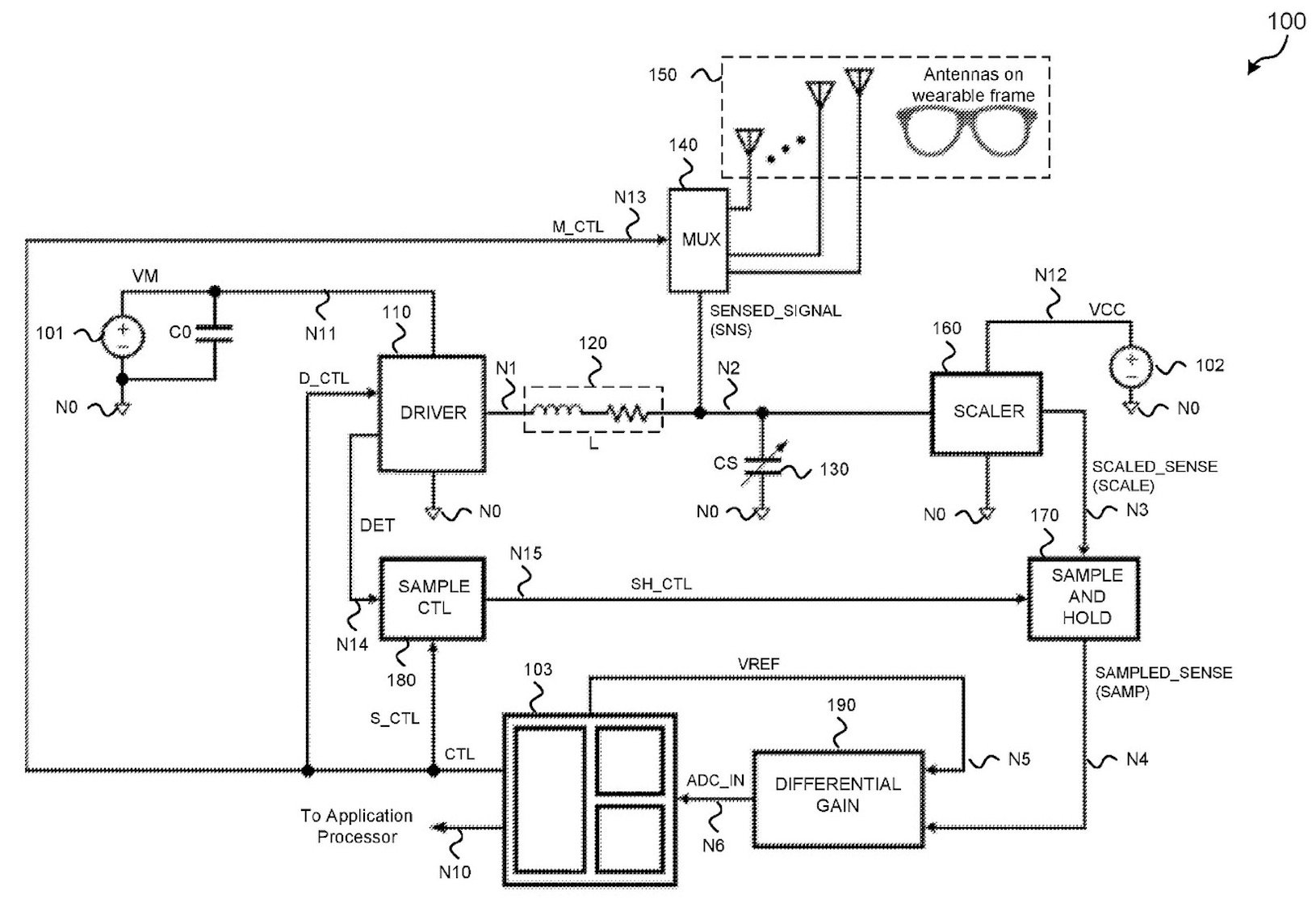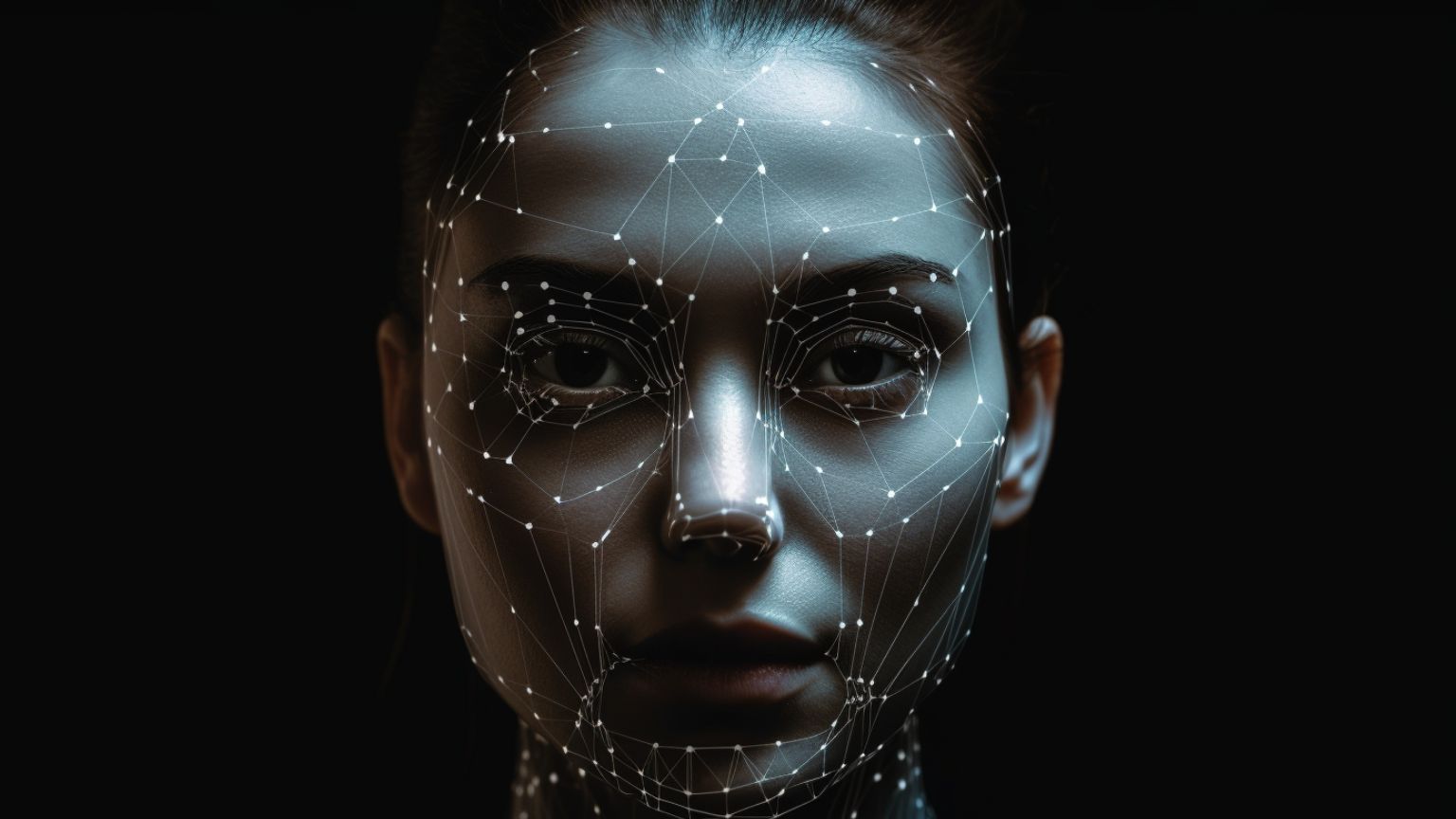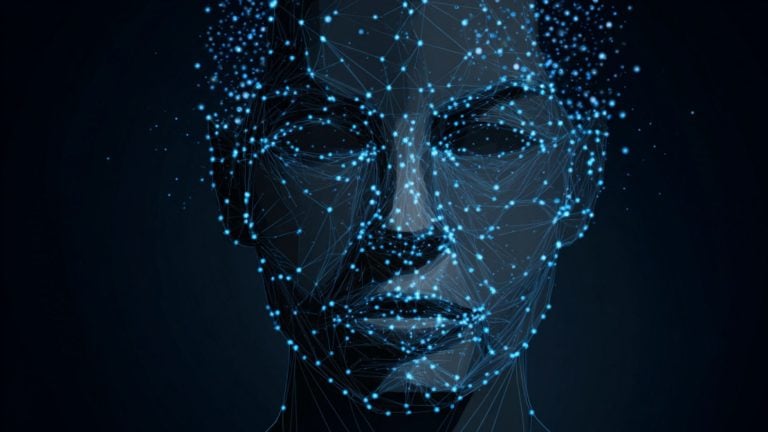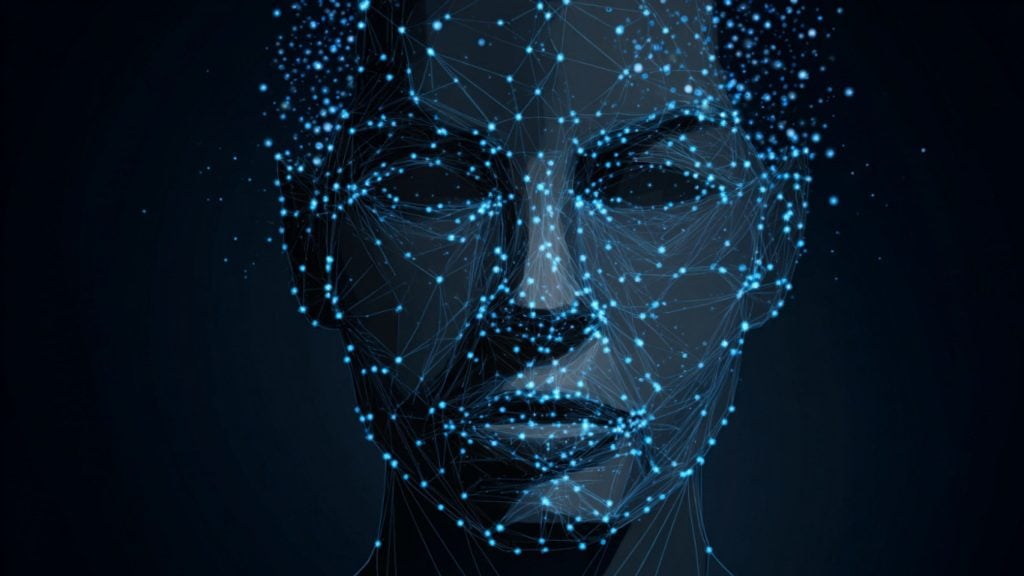A patent filed in the US shows that Microsoft is working on technology that would allow it to track a person’s face in a way so comprehensive that the device powered by the tech could be referred to as a “face reader.”
And it could be used for gaming, but also for tracking remote employees. And who knows what else in between.
Microsoft says it needs the patent approved to develop mixed reality headsets that would be cheaper yet better at “understanding” expressions on human faces.
The patent filing doesn’t go into many considerations other than those of a purely technical nature, and this in a nutshell is how the under-development technology works.
Currently, converters are used that are not only bulkier to render high resolution tracking but also cost more to manufacture.
Now Microsoft wants to replace this method of tracking with elements directly embedded, circumventing the need for converters, and also what’s referred to as processing circuit area.

As for what Microsoft needs this for – and what it can be used for in general – the Big Tech dinosaur wants to have an improved immersive “MR experience.” The patent states that this would be done in the shape of a “compact” form factor and low power usage.
That this is not all about fun and AR and VR games, is evident in the interest shown by the likes of the Glimpse Group, which markets itself as an immersive technology platform that provides “enterprise-focused” AR and VR across sectors.
(Some of those sectors are education, healthcare, and marketing, to name but a few cited on the company’s website).
If Microsoft succeeds in making facial tracking cheap(er) and more efficient, said Glimpse Group’s VP Jake Maymar – then it could have on its hands “one of the most lucrative (AR and VR) metrics you can possibly have.”
Maymar went on to say that if Microsoft develops the system, then manufacturers will have no problem including it in their products, and added:
“That’s incredibly powerful. You can actually have a clear metric and be able to measure the impact of advertising, the impact of experiences, and the impact of connections with others.”
Reports suggest that Microsoft is by no means alone in trying to find a way to interpret what a human facial expression actually means – so it’s more of a “mind reader” than just the plain old “face reader”?
There are other usual suspects after the same thing: Meta, Apple, etc.










